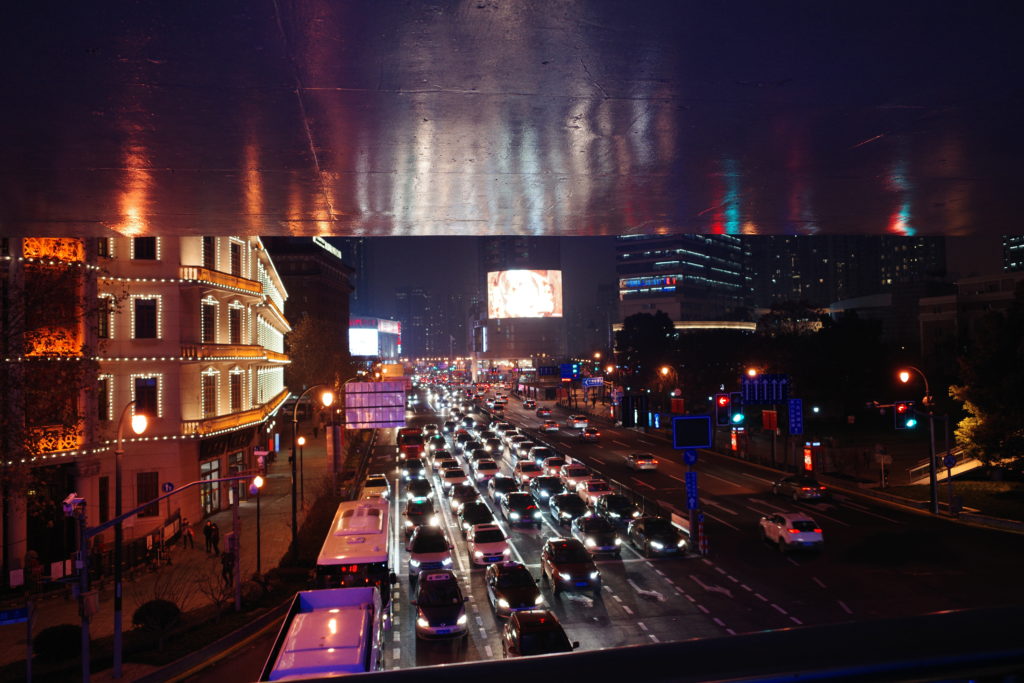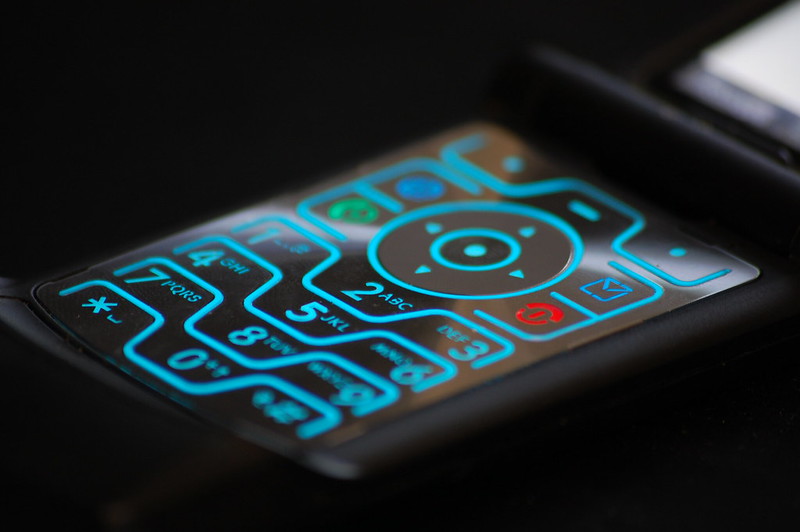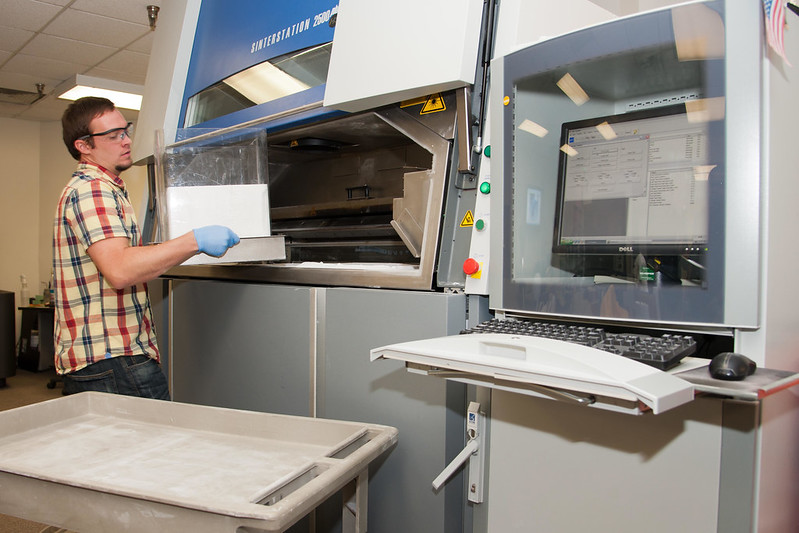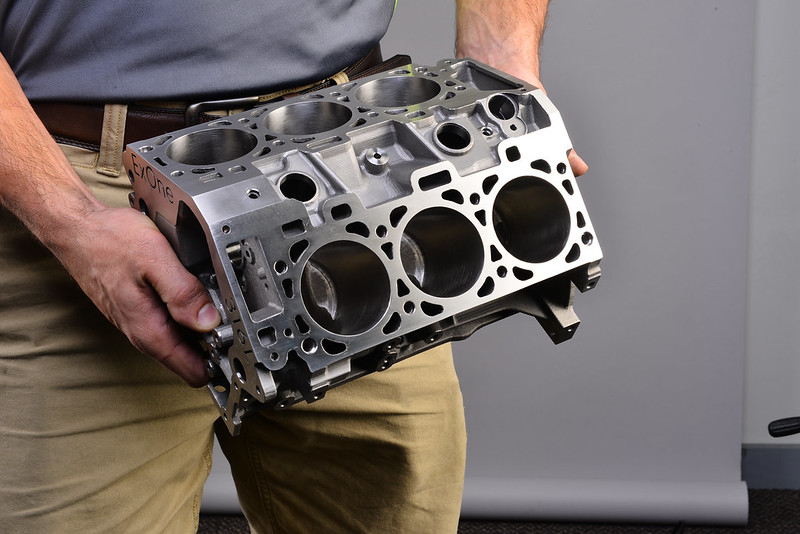I wrote my first post on designing for the Bottom of the Pyramid with 3D Printing in 2009. Not a lot has changed since then. For the developing world, a dearth of capital and infrastructure can lead to a lack of development or development at a slower pace. In some areas, it can seem like developing countries could never catch up. A car plant now, for example, is served by thousands of suppliers in an intricately connected web of businesses that would take many billions of dollars and years to assemble.
Never say never, however, since China has shown us what a concerted and concentrated industrial policy can do in taking a developing country to high tech manufacturing in only decades. Faced with a lack of clusters, capital, knowledge, and infrastructure across its land in the 1970s, China focused infra creation and clusterization in tax-efficient designated cluster-specific areas. It marshaled and focused national resources on a narrow group of industries and geographies to incubate a later national effort in increased technological prowess in manufacturing.

In other cases, developing countries can leapfrog infrastructure and bypass development roadblocks nationally quite suddenly. Mobile, for example, has been a boon; in a few short years, sub-Saharan Africa, many parts of Asia and South America went to high mobile phone and internet penetration rates. This wasn’t the effort of subsidies or industrial policy, but due to massive demand in mobile and technology development. Through the efforts of networking equipment makers, handset makers, and mobile firms, much of the world is now connected.
This was no charity, but business. 81 million people now have access to the internet and mobile telephones in Indonesia. Brazil has 280 million cell phone users and 87 million smartphone users. India has over a billion cell phone users, and around 370 million smartphone users. India has more smartphone users than there are Americans. India also has over 300 million WhatsApp users and over 117 million TikTok users. Mobile contributes $144 billion to the economy and creates 1.2 million informal and 500,000 formal jobs in sub-Saharan Africa alone. Worldwide 5.3 billion people now have smartphone subscriptions, and 6.1 billion have mobile broadband. In 1990, there were 11 million cell phone subscriptions worldwide. In 1998, there were 318 million. A magical technology that can let us all talk worldwide has now become widespread, inexpensive, and generally reliable.

Simultaneously, many billions of children grow up with spotty-to-no electricity or indoor plumbing and limited access to textbooks. Access to technology and infrastructure can create and maintain a digital or more generally developmental divide. In certain areas, inventions and markets can do a lot of good, whereas, in others, government policy is needed to bring about change.
What of 3D printing then? Are we a great leveler, as well? Will we naturally spread the world with inexpensive functional devices ever cheaper and better? The improvement to desktop 3D printers over the last decade has been remarkable. A decade ago, none of them worked all of the time. Now, some sometimes do. As I’ve stated before, we are quite far from having a “toaster for stuff.” But, reliability and output have increased significantly. Nine years ago, the below video illustrates what Ultimaker co-founder Erik De Bruijn was capable of making.
Another Ultimaker co-founder Martijn Elserman made the below “insane speeds on an Ultimaker” video nine years ago. Today, that kind of output would be achievable on a wide range of 3D printers that cost only a few hundred dollars. At the same time, the current Apple 11 phone has more RAM, a much faster processor and the same amount of storage as the most popular laptop did ten years ago. A price per square inch for a 55 inch TV is now around $0.70. It was $1.78 in 2017, $2.08 in 2012, $6.60 in 2007, and $30 in 1997. We are improving as an industry but not as quickly as some other industries. It remains to be seen, therefore, if we can increase functionality and reliability while keeping prices down. Although there are over a million desktop printers worldwide, perhaps as many as two million, as per Phil Reeves, we are not a true consumer product.
We are not yet something that most can derive utility from either. Design, as well as printing, is still far too difficult. It is clear that we would need significant strides in functionality increases for desktop 3D printers to become more relevant devices. Even then, software would have to become much more accessible, as well, so that everyone could make what they wanted. At the same time, we could not be assured what people would use 3D printers for at home and if they would use them often. It is therefore doubtful that we would grow 3D printers in leaps and bounds as cellphones have, even if improvements came.
For many in the RepRap community, self-replication has always been the goal. A self-replicating or partially self-replicating machine could offset limitations by making itself even more accessible and available. Partially this is true, but for the main electronics and structural parts, as well as bearings and motors, we are scarcely a step closer to printing them, a decade onward.
We do have a lot of potential to aid the developing world. Or we could potentially harm it. It has been a perennial worry of mine that we will actually localize a great deal of manufacturing through 3D printing. Production, especially in new value-delivering products, would then increasingly happen near the consumer in the already wealthy world.
This would mean that, unlike the spectacular growth, development, and increase of stability that South Korea, Japan, and Germany saw thanks to increasing levels of manufacturing prowess, much of the now poor world may remain permanently poor. Tied only to extractive industries with no path to advancement, increasing the tax base and meandering up the manufacturing complexity level, they would be stuck. Worryingly they would be stuck to mining and other industries that are the natural ally of graft, state capture, and corruption.
On the positive side, however, desktop 3D printers could be frivolity in the developed world, but tools for development in the developing world.
- Lack of access to spare parts is a tricky aspect of manufacturing in remote and developing areas. Production of spare parts could be an interesting thought experiment in Germany, but in Ghana could be a way to keep manufacturing going while parts have to come from afar.
- Lack of spare parts for vehicles is explicitly an issue in many remote areas and, through 3D printing in combination with casting, one could make a great many spares for old vehicles and some for new ones.
 Coffee cherries
Coffee cherries
- Likewise, lack of tools and specific equipment is one reason why so little of the dollars spent on coffee and other commodities ends up in the farmer’s hands. Making processing equipment more widely available and supplied with spares agricultural communities could allow for more processing and a greater part of the value add.
- In emergency situations, 3D printing could provide spares, replacement parts or new inventions to cope with emerging problems. Water filters, mounts for solar panels, connectors to turn tarps into tents can all be made with 3D printing.
- Some countries seem like they are perennially zombie-drifting from one emergency situation to another. For these, a permanently present team of engineers and 3D printing capacity could solve any manner of hardware solutions for any manner of shattering things.
- Designing for the disadvantaged is an entirely under-researched area. We spend millions making ice cream have more air bubbles but so very little on designing solutions for the bottom of the pyramid. If we connected their problems to people wanting to solve them, we could create valuable cost-effective solutions.
- Recycling polymers, such as the PET in bottles, into filament is possible at the moment. It would be a great leveler to make PET-based filaments widely available and produced locally. Over the past years, there have been a number of initiatives like this, but not hugely successful ones.

“US Army using cutting edge 3D printers.” These things can work anywhere.
- Local service bureaus and the deployment of industrial systems to remote areas would allow third world countries to have access to the same technology as those in the first world and let them leapfrog to the forefront of global development in 3D printing. This would not be easy, but it would not be impossible either.
- As a part of large oil and gas projects, local 3D printing centers could be commissioned by the oil majors. This would help them in making parts quicker to obtain, while providing highly paid jobs and high tech production capacity to local economies.

- For certain consumer good, 3D printing capacity could keep local money local to a certain extent by allowing for the production of 3D printed luxury goods in-country.
I truly believe that there are any manner of inventive and useful ways through which 3D printing can be deployed at scale to help the bottom of the pyramid or better yet help those at the bottom of the pyramid help themselves. What ideas do you have?
Photos Creative Commons Attribution: Joris Peels, Indi, Lemsipmatt, advencap, US Army, ExOne.
Subscribe to Our Email Newsletter
Stay up-to-date on all the latest news from the 3D printing industry and receive information and offers from third party vendors.
Print Services
Upload your 3D Models and get them printed quickly and efficiently.
You May Also Like
3D Printing News Briefs, July 2, 2025: Copper Alloys, Defense Manufacturing, & More
We’re starting off with metals in today’s 3D Printing News Briefs, as Farsoon has unveiled a large-scale AM solution for copper alloys, and Meltio used its wire-laser metal solution to...
Etsy Design Rule Change Reduces Selection of 3D Printed Goods
Online marketplace Etsy has implemented a rule change requiring all 3D printed goods on the site to be original designs. The update to the site’s Creativity Standards states, ¨Items produced using...
Siraya Tech Introduces New Elastomer 3D Printing Materials, Including Foaming TPU
California company Siraya Tech, founded in 2019 with a focus on material science, customer focus, and agility, develops high-quality 3D printing materials that meet the needs of creators, hobbyists, and...
3D Printing News Briefs, April 12, 2025: RAPID Roundup
The news from last week’s RAPID+TCT in Detroit just keeps on coming! That’s why today’s 3D Printing News Briefs is another RAPID Roundup of more exciting announcements from the trade...

































